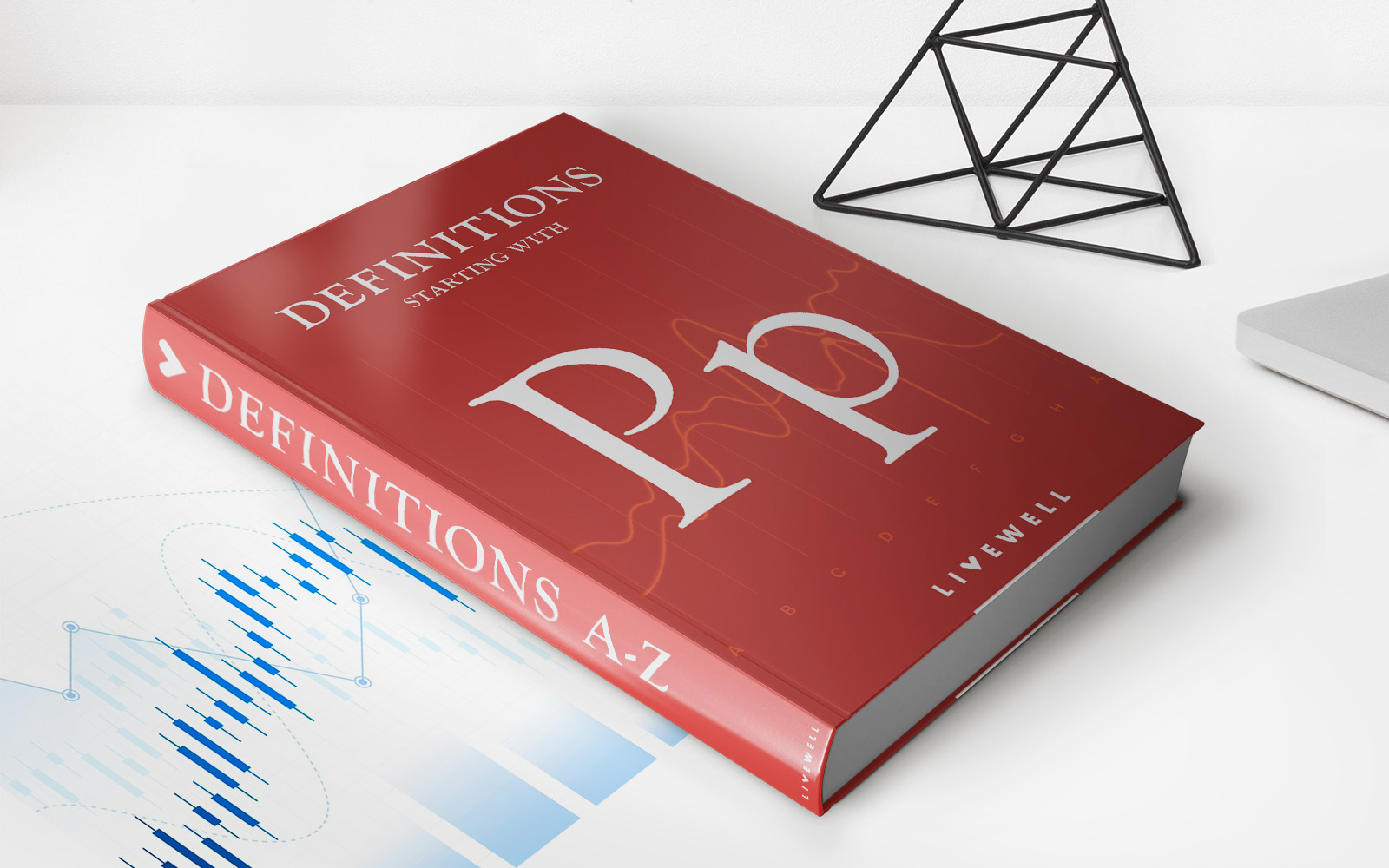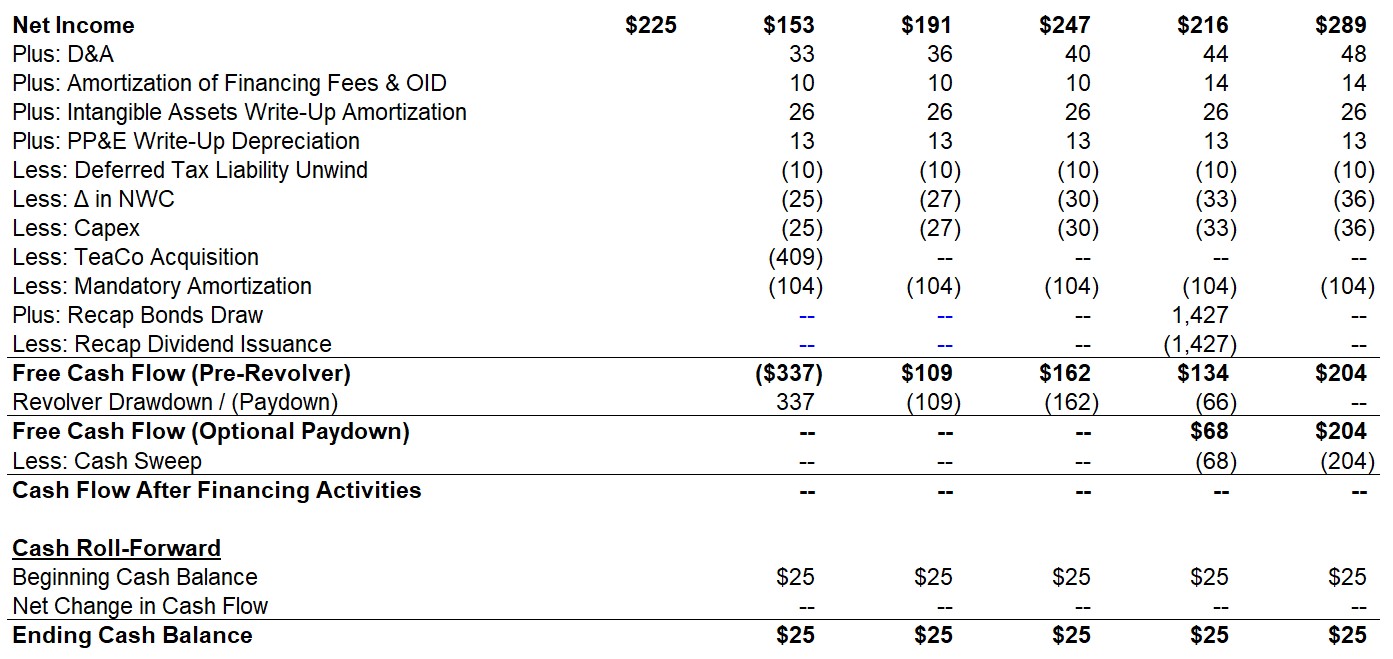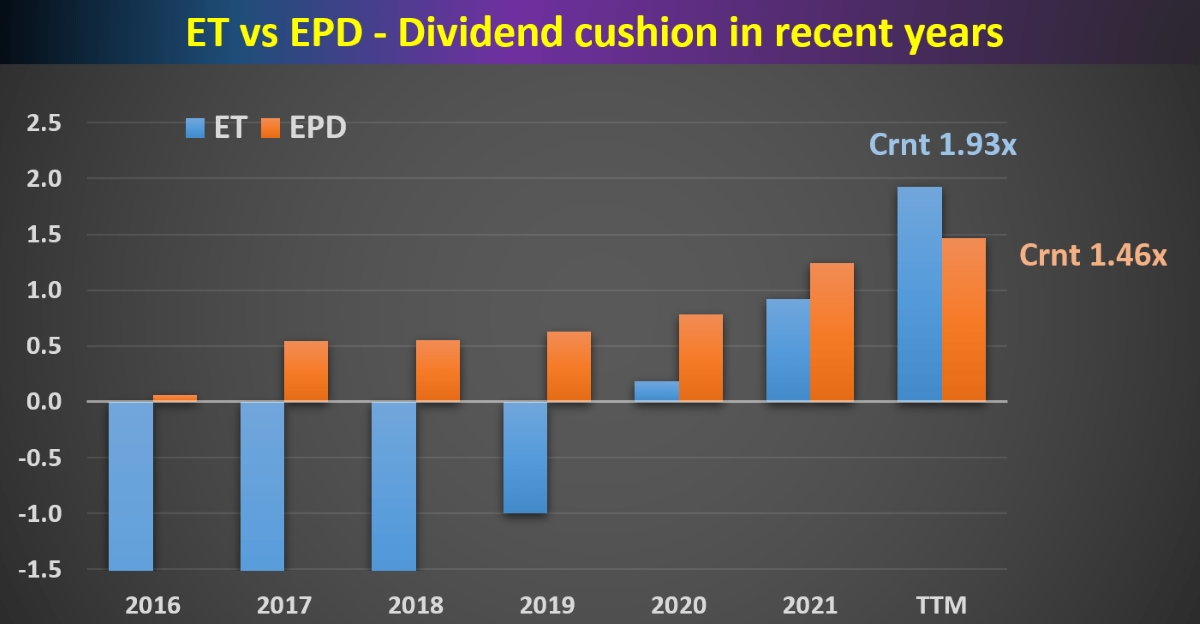

Finance
London Interbank Bid Rate (LIBID) Definition
Published: December 20, 2023
Discover the London Interbank Bid Rate (LIBID) definition in the world of finance. Learn how LIBID affects the lending rates and financial markets.
(Many of the links in this article redirect to a specific reviewed product. Your purchase of these products through affiliate links helps to generate commission for LiveWell, at no extra cost. Learn more)
The London Interbank Bid Rate (LIBID) Definition: What You Need to Know
When it comes to understanding the world of finance, there are many terms and concepts that can seem overwhelming. One such term is the London Interbank Bid Rate, or LIBID for short. But fear not! In this blog post, we will break down the LIBID definition and provide you with the knowledge you need to navigate this aspect of the financial world.
Key Takeaways:
- LIBID is the rate at which banks in the London interbank market are willing to bid on Eurocurrency deposits.
- It is an important indicator of market conditions and often serves as a benchmark for other interest rates.
So, what exactly is LIBID? Simply put, it is the rate at which banks in the London interbank market are willing to bid on Eurocurrency deposits. Eurocurrency refers to any currency deposited in a bank located outside its country of origin, so LIBID specifically focuses on Eurocurrency deposits within the London market.
LIBID plays a crucial role in the financial sector as it serves as a benchmark for other interest rates. It helps determine the rates at which banks lend to each other and can influence the rates offered to businesses and individuals. Therefore, understanding LIBID can provide insights into the overall health of the financial system.
Here are a few key things to know about LIBID:
- Calculation: LIBID is calculated based on the rates at which banks are willing to borrow from each other in the London interbank market.
- Market Conditions: LIBID reflects the current market conditions and can fluctuate based on factors such as supply and demand for funds, economic indicators, and central bank policies.
- Interbank Transactions: LIBID is primarily used by banks to determine interest rates for interbank transactions, which are loans or deposits made between banks.
- Benchmark Rates: LIBID often serves as a benchmark for other interest rates, such as the London Interbank Offered Rate (LIBOR), which is widely used for various financial instruments.
Now that you have a better understanding of LIBID and its significance, you can see how it plays a crucial role in the world of finance. Whether you are a business owner looking to secure a loan or an individual interested in the state of the economy, LIBID is an important indicator to keep in mind.
Remember, while finance may seem complex at times, breaking down terms like LIBID can help demystify the subject and empower you to make informed decisions. Stay curious and never stop learning about the fascinating world of finance!














